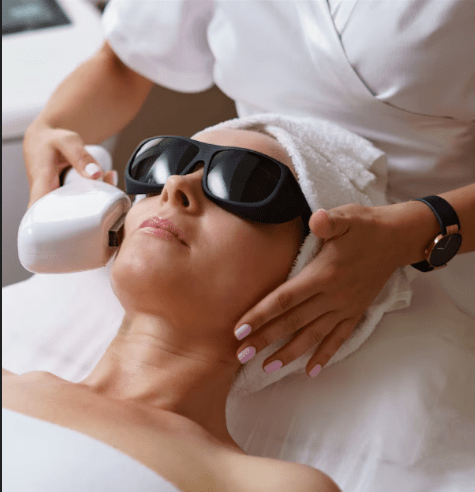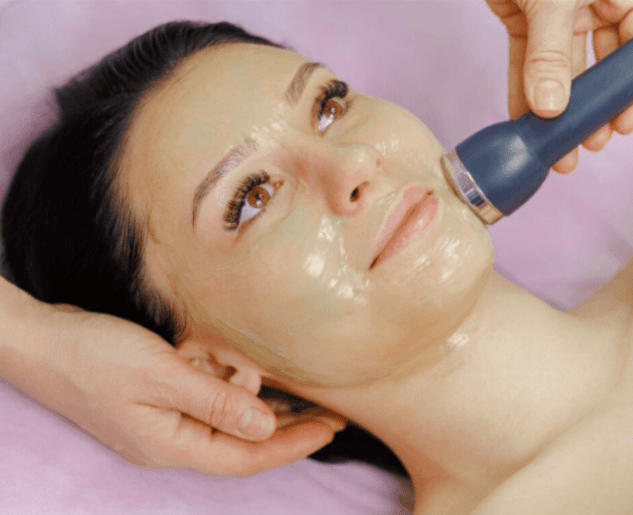When it comes to advanced facial rejuvenation procedures like the Deep Plane Facelift, precision is everything. South Korea, a global leader in cosmetic surgery, leverages cutting-edge medical imaging technology to personalize each surgical plan, reduce risks, and enhance outcomes for international patients. In this guide, we explain how advanced imaging tools help surgeons create safe, effective, and natural-looking facelift results.
🧠 What Is Medical Imaging in Facial Plastic Surgery?
Medical imaging refers to non-invasive techniques that provide detailed views of facial anatomy—skin, fat layers, muscles, ligaments, nerves, and bone. In South Korea, facial plastic surgeons routinely use a combination of imaging systems to map out your face in three dimensions, ensuring accurate assessment and customized planning.
🖼️ Types of Imaging Used for Deep Plane Facelift Planning in Korea
1. 3D Facial Scanning (3D Photogrammetry)
- Purpose: Captures a detailed, three-dimensional image of your entire face.
- Benefits: Helps visualize asymmetry, sagging areas, and volume loss.
- Popular Systems: Vectra 3D, Artec Eva, and Bellus3D.
💡 Why it matters: Surgeons can simulate surgical outcomes and show you before-and-after projections, improving communication and expectations.
2. High-Resolution Photography
- Purpose: Standardized front, profile, and oblique shots for detailed evaluation.
- Benefits: Tracks progress and serves as a visual reference for pre- and post-surgical comparison.
3. Ultrasound Imaging (Soft Tissue Sonography)
- Purpose: Provides live imaging of facial tissue layers and vasculature.
- Benefits: Identifies fat deposits, muscle planes, and important structures like facial nerves.
💡 In Korea, some elite clinics use ultrasound not only for planning but also during surgery to avoid complications.
4. CT or MRI Scans (For Complex or Revisional Cases)
- Purpose: Offers in-depth views of facial bones and deep tissues.
- Used When: Patients have had previous facial surgeries, trauma, or congenital abnormalities.
- Benefit: Minimizes surgical surprises and enhances safety in complex cases.
🔍 How Imaging Supports the Deep Plane Facelift Technique
The Deep Plane Facelift involves lifting the skin and deeper muscle layer (SMAS) as one continuous unit. This requires a precise understanding of:
- Facial nerve pathways
- Ligament positions
- Fat pad distribution
- Areas of volume deflation or sagging
Medical imaging gives the surgeon a “blueprint” of your face, enabling them to:
- Tailor the depth and direction of the lift
- Minimize nerve injury risk
- Reposition fat pads for a natural contour
- Plan symmetrical outcomes on both sides of the face
🛠️ Benefits of Medical Imaging in Korea’s Deep Plane Facelifts
| Benefit | Explanation |
|---|---|
| Personalized Surgical Mapping | Tailors the facelift to your unique anatomy and aging pattern |
| Improved Patient Communication | 3D simulations help set realistic expectations |
| Enhanced Safety | Identifies critical structures like nerves and vessels |
| Better Aesthetic Results | Achieves more harmonious, symmetrical, and natural outcomes |
| Documentation & Follow-Up | Imaging provides a baseline for monitoring healing and long-term results |
🌍 Why Korea Leads in Imaging-Integrated Facelift Surgery
South Korea’s plastic surgery industry thrives on technology integration and precision medicine. Most top-tier facelift clinics have in-house imaging suites and digital tools that:
- Reduce time between consultation and surgery
- Offer instant simulation previews
- Store digital records for future tweaks or enhancements
Moreover, English-speaking coordinators often explain imaging results to international patients, ensuring clarity and confidence throughout the process.
👩⚕️ What to Expect as an International Patient
During your consultation:
- Your face will be scanned and photographed.
- A surgeon will review the anatomy layer-by-layer with you.
- You’ll view simulated outcomes to help you visualize the likely post-op appearance.
Before surgery:
- Imaging data is used to mark incision points and determine lifting vectors.
After surgery:
- Post-op scans or photos help track your healing and final results over time.
Final Thoughts
Medical imaging has revolutionized the way Deep Plane Facelifts are planned and executed in South Korea. By combining clinical expertise with visual precision, Korean surgeons deliver safer procedures and more beautiful, balanced results. For international patients, this means added confidence, reduced risk, and a clearer vision of your surgical journey — from the first scan to your rejuvenated face.




